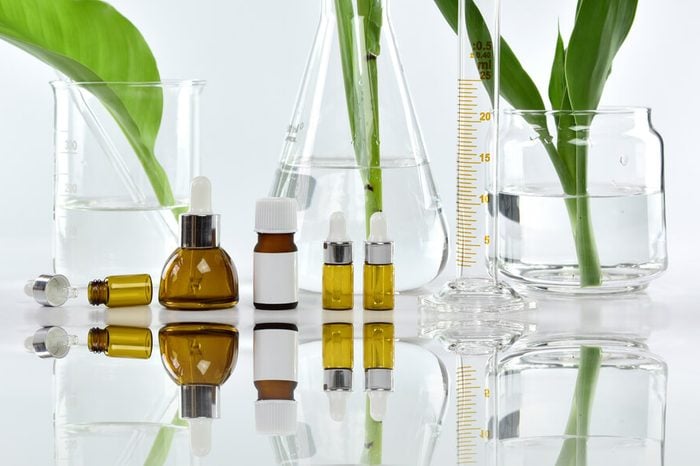
What’s in the bottle?
Essential oils can significantly benefit your mental and physical health, improve your skin and hair and even help your pup, but only if you choose quality ones. Look for ones labeled “100 percent natural oil,” which indicates it has no synthetic components or carrier oils and has not been diluted,” says Boise, ID-based Briant Burke, MD, a research scientist and doctor in private practice, who has developed therapeutically effective, clinically-tested formulas, such as HeelAid. Before diving into essential oils, sniff out the details with this primer for essential oils.
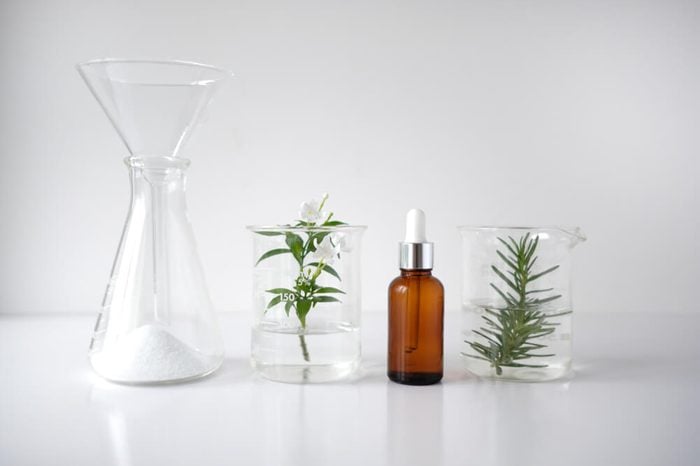
Glass bottles only
Look for essential oils in cobalt blue or an amber brown glass bottle, as essential oils will break down plastic and are light sensitive, meaning they will break down over time when exposed to light. Here’s how to use essential oils to boost your mood.
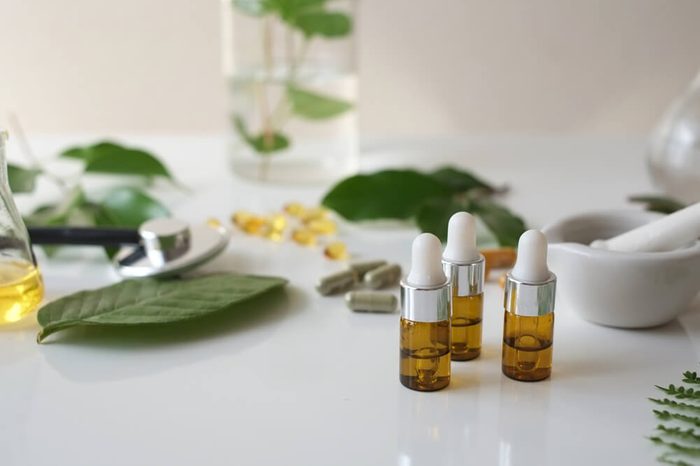
Organic benefits
Organic essential oils are not only good for sustainable agricultural practices, they may have the greatest healing properties. Organic is definitely more expensive than conventionally grown, but some experts believe you’re getting a superior essential oil.
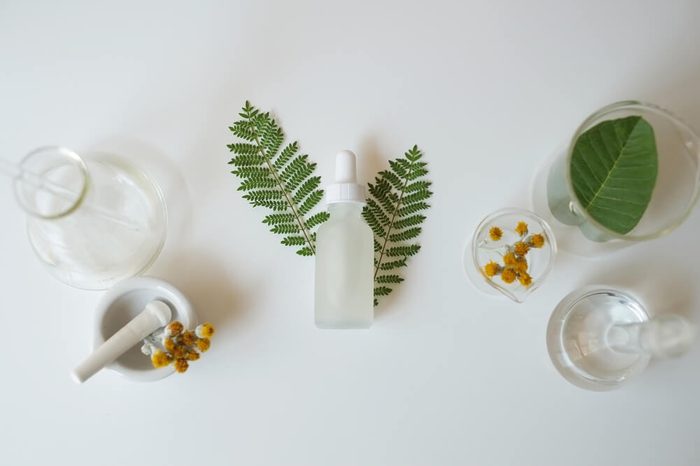
Know your species
If you’re looking for German chamomile, which promotes tranquility and relaxation, don’t buy jus tany bottle with the word “chamomile” on the label. “The specific species of the plant the oil comes from can make a big difference,” says Dr. Burke. For example, plants in the chamomile group have different chemical compositions. Take, for instance, German chamomile (Matricaria chamomilla); it has a different chemical composition than Roman chamomile (Anthemis nobilis).”If it just says ‘chamomile’ then you should assume it is a mixture of the cheapest chamomile available,” says Dr. Burke. These are the best essential oils for fighting colds and flu.
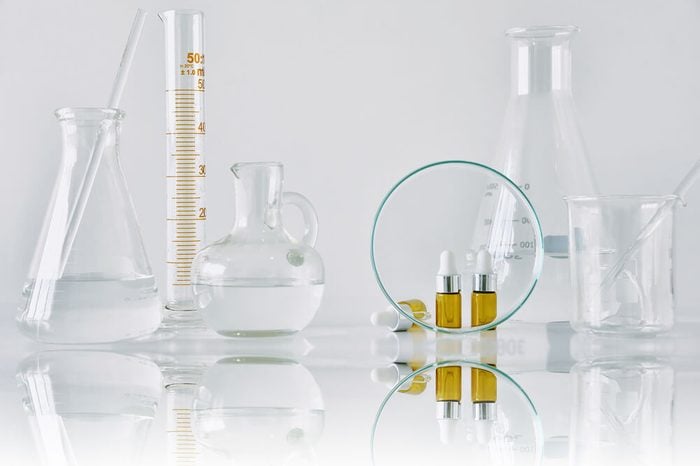
Testing of the species
A reputable company will test the oil to meet the standard of the plant species through what’s known as “gas liquid chromatography combined with mass spectroscopy,” says Robert Tisserand, co-author of Essential Oil Safety, and founder of the Tisserand Institute. “This identifies constituents of an essential oil and the percentage of each. Results can then be compared with ISO (International Standards Organization) standards, which give ranges for key constituents.” Testing measures the mass within the oil samples and identifies the compounds. Read the company’s website or call the customer service line to find out about its testing before you purchase the essential oils.
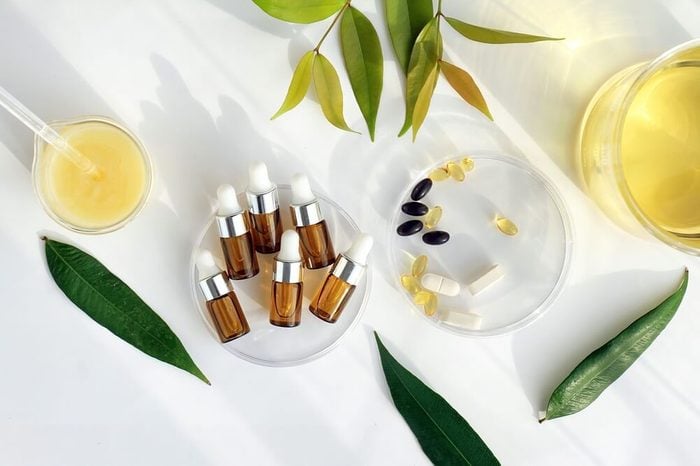
Know your Latin
The essential oil should be labeled with the common name and its Latin one. Remember the example above about chamomile? “The presence of the Latin name of the plant on the label is an added assurance of what you are getting,” says Dr. Burke. There may be few standards for essential oil quality but there are standards set by the Federal Trade Commission about what a company can put on a label. “If you put ‘chamomile’ on the label, you can sell either German Chamomile (Matricaria chamomilla) or Roman Chamomile (Anthemis nobillis),” says Dr. Burke. “If you put ‘matricaria chamomilla’ on the label, you must be selling exactly that.”
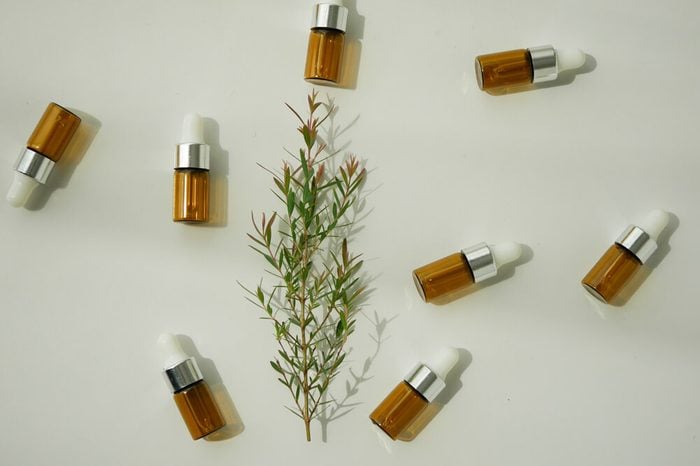
Beware of sneaky catchwords
Words like “eco-friendly,” “pure,” “therapeutic grade,” and “certified,” are just some of the many words that you may find on a bottle of essential oil. “These phrases are devoid of scientific foundations or official regulations, yet they are frequently used to market products that cannot fulfill the producer’s promises,” says Nadine Artemis, author of Renegade Beauty: The Complete Guide to Healthy Skin and Natural Radiance and co-creator of Living Libations, a line of serums, elixirs, and essential oils. “No organization, association, or commission monitors the purity or quality of essential oils, and there is no universal essential oil grading system in place. If you see these terms, beware.” Even reputable companies with quality essential oils create their own set of “standards” and “seals.” While that is not necessarily a red flag, the “seal” or “standard” stamp isn’t an industry-wide seal of approval from any governing commission.
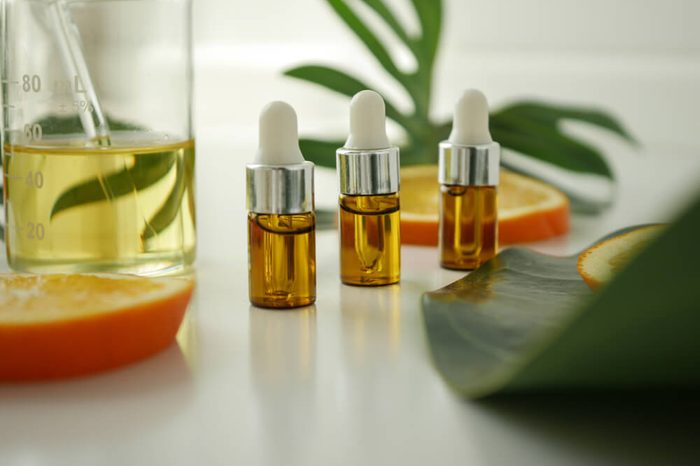
Do your homework
You can dig a little deeper to find out what the specific characteristics and components are in essential oils. “Various countries, including the United States, have published ‘pharmacopeias’ (check out The United States Pharmacopeial Convention) that outline exacting chemical and physical standards along with chromatography specifications for hundreds of botanical oils,” says Artemis. There is also a universal standard for most botanicals maintained by The International Standards Organization.
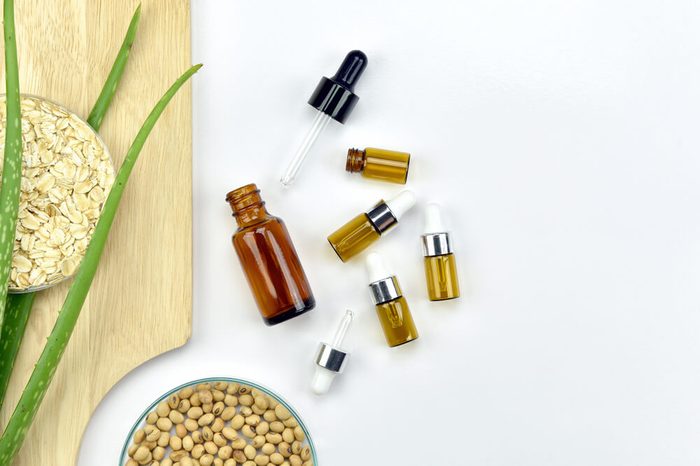
Therapeutic or aromatherapy grade?
“Aromatherapy grade” and “fragrance grade” means it’s not 100 percent pure essential oil, but has had other oils added, such as carrier oils and/or synthetic components of the natural oil. “What we look for in quality control is evidence that something has been added that should not have been (adulteration),” says Tisserand. “This may be a synthetic chemical, or it could be something natural, like a similar but cheaper essential oil.” These healing scents will help you feel better.
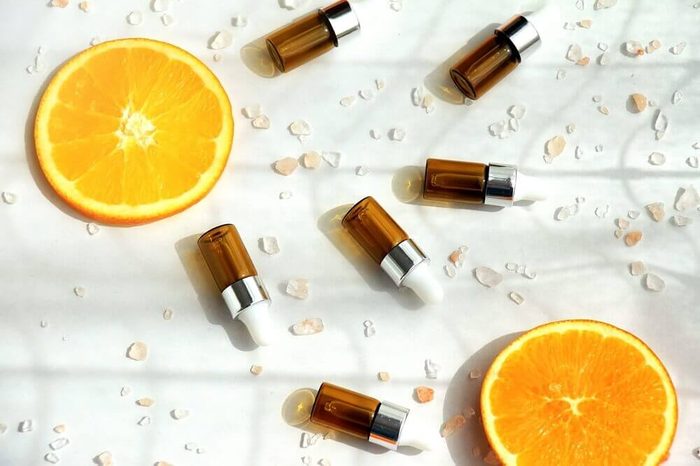
Processing is a big deal
There are several variables when growing plants for essential oils—weather, altitude, the time of year the plant was harvested, and even the time of day the plant was harvested. However, Dr. Burke says the processing of the oil is at least, if not more, important than growing the plant. There are specific processing procedures, depending on the species of plant. Steam distillation is the most common for extracting essential oils. The expression method (or cold-pressing) is used to extract oils from citrus fruits because the heat from steam distillation damages the citrus oils.
“Originally these oils were hand-pressed, so you didn’t even need a still to extract them,” says Tisserand. “But the main reason is that expressed citrus oils smell better than distilled oils, which are more used in food flavorings.” A newer method growing in popularity is the carbon dioxide extraction, which uses carbon dioxide to carry the oil away from the plant. This method is used for oils such as ginger, clover, turmeric, frankincense, and myrrh.
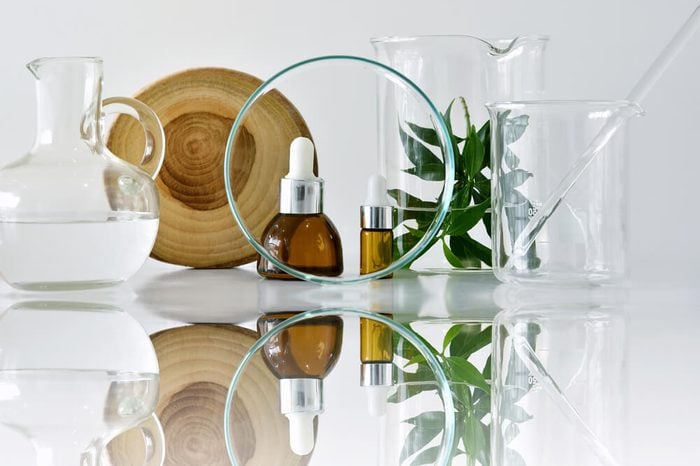
Where to shop
You’ll find essential oils offered everywhere from gift shops to large retailers, and, of course, online. You may want to start your search for essential oils with reputable companies such as DoTERRA, Young Living Essential Oils, Living Libations and Edens Garden. Keep in mind, essential oils break down over time, so check the expiration dates; you’ll want one that’s two to three years out from the time of purchase. Make sure you avoid these essential oil safety mistakes.
Every product is independently selected by our editors. If you buy something through our links, we may earn an affiliate commission.
